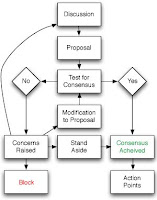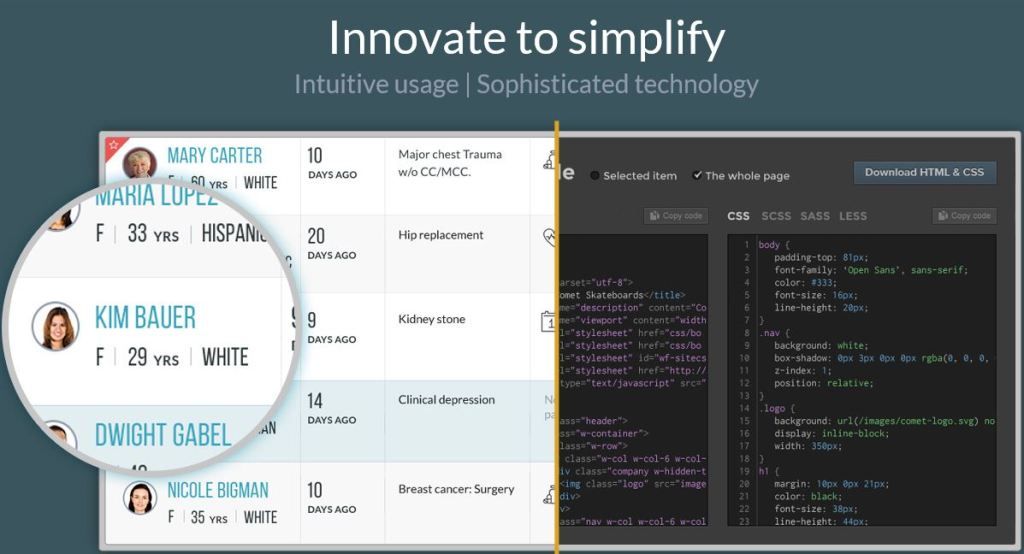 |
| Can we talk? |
Or, thanks to your DMCB, you can save time by reviewing the summary below.
Where does anyone begin when there is serious negotiating to be done? A first step may be to look at where all parties agree. The author points out that, when you think about it, the Democrats and Republicans have agreed on quite a lot:
1) a big reliance on private insurance for the majority of U.S. citizens,
2) increased market transparency and forcing private insurers to compete for business,
3) the end of unfettered individual underwriting with denials of coverage,
4) subsidies that aid in the purchase of that private insurance,
5) penalties (if you assume loss of tax credits qualifies as a penalty) for those who don't purchase insurance,
6) increased consumer cost sharing,
7) external cost controls and
8) institutions devoted to studying and promoting cost-effectiveness.
Where do the differences lie? Look beyond the bombast and pay attention to five key areas of disagreement::
How much insurance? What should be included in private insurance's "essential benefit" package? The ACA is quite comprehensive, while the current Roadmap version requires coverage of hospitalization and catastrophic care.
Underwriting limits? How should individual underwriting be defanged? The Roadmap includes guaranteed issue, risk adjusted subsidies and the use of high risk pools, while the ACA practically bans it outright.
Financial assistance? What income levels that are necessary to qualify for subsidies? The Roadmap limits it to the very poor, the elderly, the disabled and low income families with children. In contrast, the ACA generously goes up to 400% of the federal poverty level.
My savings are now your expense? When you think about it, the Democrats and their value-based, bundled payment and shared savings programs are transferring cost to the providers. The Roadmap plan's tax credits, block grants and premium support payments are transferring cost to consumers and the States.
The role of government? This is probably the biggest issue. The Republican Roadmap limits Washington DC's role over time. In the ACA, the Federal government becomes the "primary guarantor" for the elderly, the indigent, the chronically ill and low as well as moderate income Americans.
Image from Wikipedia












2 comments:
Great summary. I would add that an underlying assumption difference is that government can control costs/reduce overall health care spending vs consumers/market can reduce overall spending.
Of course those who favor the former view will use terms such as "health care right", "government will protect", "safety net". Those who favor the latter will use terms like "consumer choice", "freedom" etc.
penalties (if you assume loss of tax credits qualifies as a penalty) for those who don't purchase insurance
There is a key difference here. For the ACA it is a "must" and the difficulties lie in constitutionality (TBD) and enforcement.
With the loss of a tax credit, this is not getting a benefit related to a choice. That would theoretically eliminate the moral hazard of paying the lower cost penalty versus the higher cost premium.
Of course, gaming of the latter system could involve buying insurance for tax purposes and then not paying premiums after tax season. (I believe Mass has seen some of those problems)
More devilish details
Post a Comment